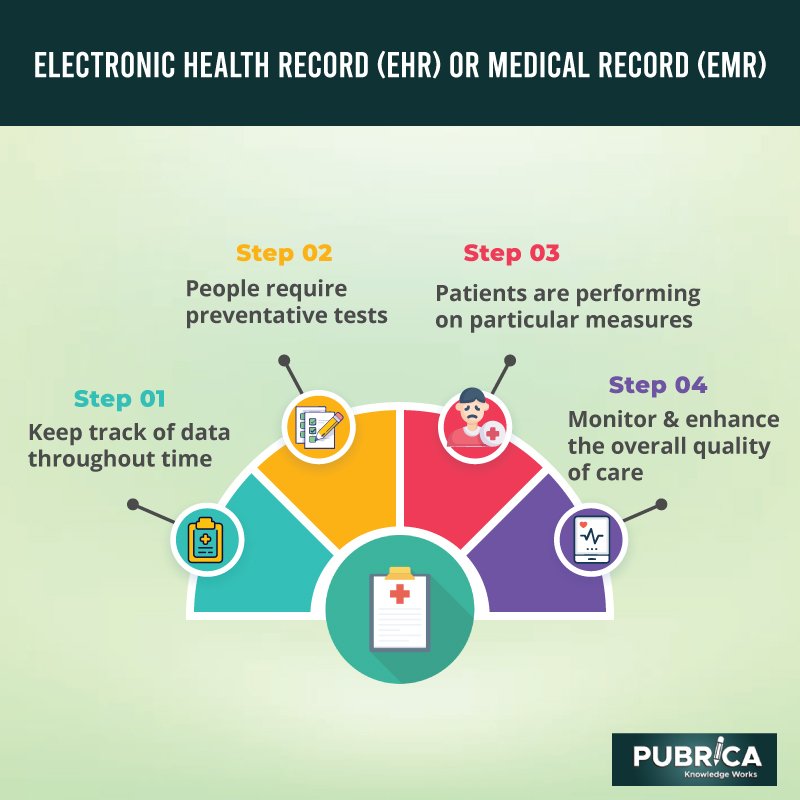What Electronic medical record (EHR) or medical record (EMR)?
Electronic health records (EHR) and electronic medical records (EMR) are commonly used interchangeably. Even though they share some characteristics, an EMR and an EHR have quite different purposes. To successfully invest in technology and run a successful practice, it is essential to understand the differences between an EMR and an EHR.
Electronic medical records (EMRs) are clinicians’ digitized equivalent of paper charts. An EMR stores patient medical and treatment histories from a single practice. Compared to conventional records, electronic medical records (EMRs) provide a number of advantages. EMRs, for instance, allow doctors to:
- Maintain data records throughout time.
- Identify those who need to get preventative exams or testing.
- Check the results of certain tests, such as blood pressure or vaccinations, on their patients.
- In practice, keep an eye on and improve the general standard of care.

Electronic health records make it feasible for all these things and more (EHRs). EHRs are concentrated on a patient’s entire health, going beyond the usual clinical information gathered at the doctor’s office to offer a more comprehensive view of the patient’s care. EHRs are designed to be used outside the initial health institution that collects and compiles the data. They are made for sharing information with other healthcare providers, such as laboratories and specialists, so they have input from everyone working on the patient’s care. The National Alliance for Health Information Technology states that approved doctors and staff across the company “may produce, manage, and examine EHR data.”
Health care is a collaborative endeavour, and information sharing aids in that endeavour since information gains more power when it is shared securely. After all, a large portion of the value produced by the healthcare delivery system depends on effective information exchange between parties and, eventually, the ability of several parties to engage in interactive information exchange.
Author’s Update: Keep up to date on industry advancements, support, and training.
Pubrica Connect: Read articles about research, technology, and health communities daily.
Researcher Academy:Improve your manuscript by learning academic writing skills.
Language editing by Pubrica Author Services:Before submitting your work, double-check that it is written in proper English.
Translation by Pubrica Author Services: Translate your work into English professionally.
Search engine optimization (SEO): Make your article more visible by using SEO.
Your paper, your way: Save time by making your first submission simple.
